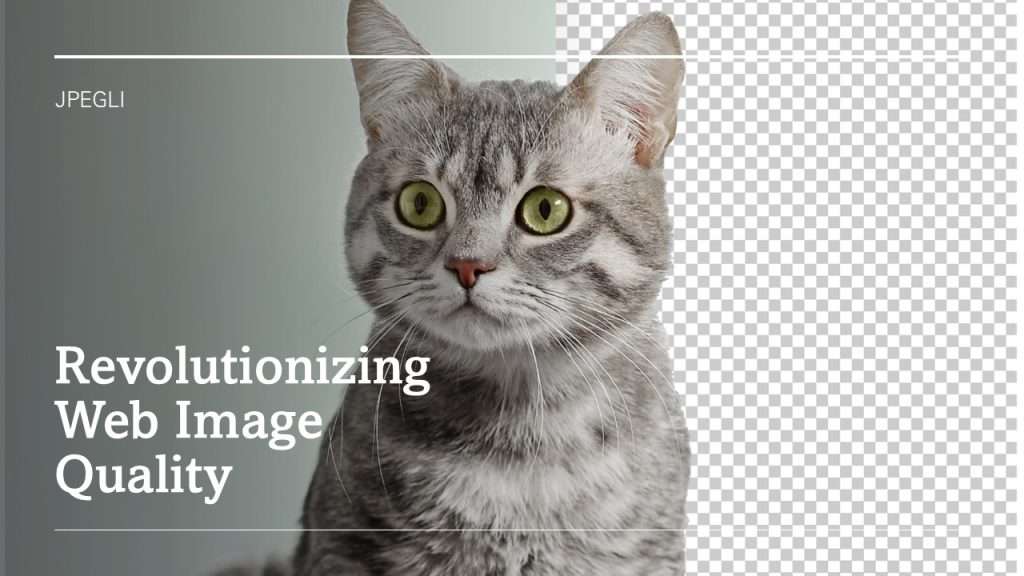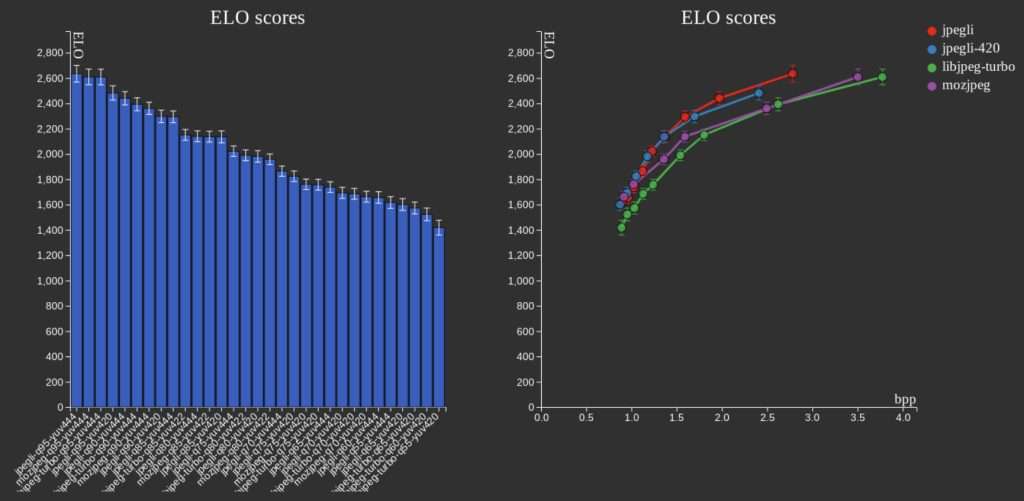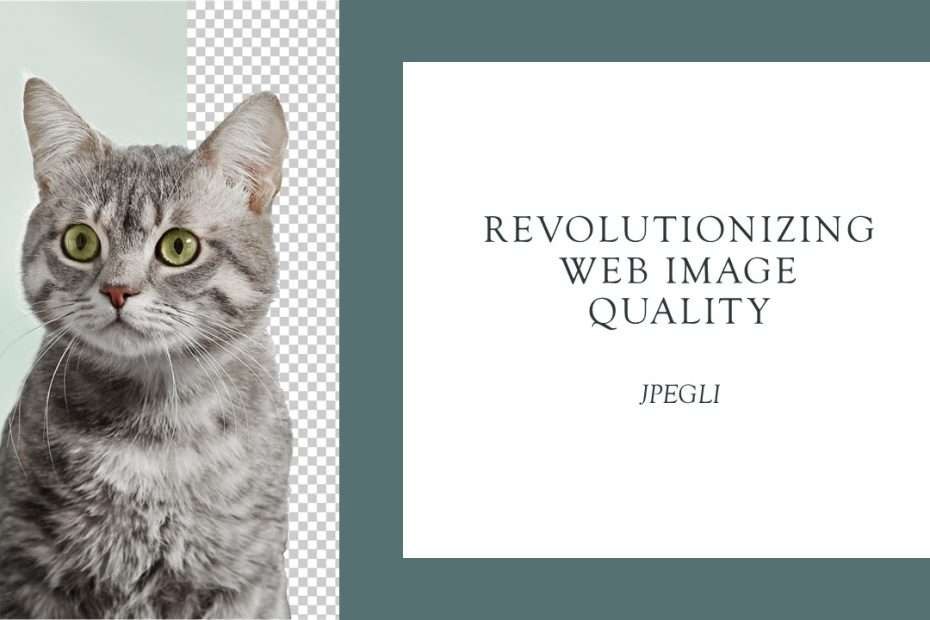Introduced in 1992, the JPEG image format has become a staple of today’s internet and shows no signs of fading into obsolescence. Even with the existence of newer alternatives, this technology continues to be a prevalent force in web graphics. Despite its age, the humble JPEG is poised to remain a fundamental component of web imagery for the foreseeable future, showcasing its enduring relevance and adaptability in the digital landscape.
Google has unveiled Jpegli, a cutting-edge coding library designed to encode and decode JPEG images with substantial enhancements compared to conventional libraries. This new technology, Jpegli, maintains backward compatibility with existing JPEG-compatible software while promising notably improved compression ratios, offering better management of images for remote storage.

Jpegli by Google use a coding library engineered to outperform traditional JPEG in terms of speed and efficiency. Despite not introducing a new image format, Jpegli achieves its enhanced efficiency through the utilization of the “conventional 8-bit formalism” inherent in traditional JPEG algorithms. The library’s advancements are made possible by a range of innovative techniques, beginning with its complete compatibility with the standard JPEG format, ensuring seamless integration with existing systems and workflows.
Through the strategic use of new methods, Jpegli promises improved performance without departing from the standard JPEG format. This means that the library can deliver faster and more efficient image encoding and decoding processes while maintaining compatibility with all standard JPEG-compatible software. Google’s Jpegli is a significant advancement in image compression technology, offering users the benefits of enhanced efficiency and speed without the need to transition to a new image format, thereby streamlining image management and storage across platforms.
Google’s Jpegli technology stands out for its ability to deliver superior quality results by conducting more precise and “psychovisually effective” computations during the compression and decompression of images. This advanced library ensures that images appear clearer and exhibit fewer noticeable artifacts, surpassing the quality achieved by traditional methods. Despite its sophisticated computations, Jpegli maintains coding speeds on par with widely used approaches like libjpeg-turbo and MozJPEG, making it a compelling choice for efficient image processing.
Developers can seamlessly incorporate Google’s Jpegli into their software projects with minimal effort, gaining access to advanced features and capabilities. This new library enables the encoding of JPEG images with 10+ bits per component, a significant improvement over the common 8-bit components. This enhancement is particularly beneficial for avoiding visible artifacts in slow gradients, enhancing the overall quality of compressed images. Importantly, the 10-bit encoding occurs within the framework of the original JPEG 8-bit formalism, ensuring that the resulting compressed images remain fully compatible with all existing JPEG editors and viewing programs, simplifying integration into existing workflows.
Jpegli’s innovative approach to 10-bit encoding within the traditional 8-bit formalism not only enhances image quality but also ensures seamless compatibility with established JPEG software. This means that developers can enjoy the benefits of higher-quality image compression without sacrificing compatibility with existing tools and platforms. Google’s Jpegli library offers a straightforward yet powerful solution for developers seeking to improve image quality and efficiency in their projects while maintaining compatibility with the broader JPEG ecosystem.

Google’s internal benchmarks reveal that Jpegli outperforms existing codecs across various bitrates, producing “high quality” images with an impressive 35 percent more compression. This substantial improvement in compression efficiency translates to substantial savings in storage space for internet companies. Additionally, the enhanced compression capabilities of Jpegli contribute to faster loading and smoother operation of web pages, improving user experiences across the web.
To take advantage of Jpegli’s features and efficiency gains, web browsers and image management software will need to integrate the new library into their systems. Once implemented, these platforms can benefit from the enhanced compression and improved image quality offered by Jpegli, enabling a more streamlined and efficient web experience for users.
Google has integrated Jpegli with techniques derived from the JPEG XL reference implementation, a proposed image format designed as a backward-compatible replacement for JPEG. These techniques aim to reduce noise and enhance image quality, offering a glimpse into the potential future of image encoding. However, Google has expressed disapproval of the “experimental” status of JPEG-XL, opting instead to develop Jpegli as a more accessible alternative. This decision has sparked criticism, with some accusing Google of rejecting the royalty-free ISO standard in favor of its proprietary solution. Despite Google’s stance, developers remain keen on leveraging Jpegli’s advancements, showcasing strong interest in adopting the technology for their projects.
Maybe you liked other articles?

